Museum Paul Tétar van Elven Delft
Museum Paul Tétar van Elven Delft
Museum Paul Tétar van Elven is housed in the 19th‑century canal home of artist‑collector Paul Tétar van Elven in Delft. It preserves his richly furnished interiors, historic ceiling décor, copies of Old Master paintings, and his eclectic collection of porcelain, antique furniture, paintings, drawings, and rare books—offering a captivating glimpse into the life and artistry of a 19th‑century Dutch cultural figure.
Opening hours
Opening hours
- Closed on Mondays
- Tuesday to Sunday: 13:00 – 17:00 (1:00 pm – 5:00 pm)
How to get there
How to get there
Koornmarkt 67, 2611 EC Delft, Netherlands
Prices from
Prices from
€ 12.00
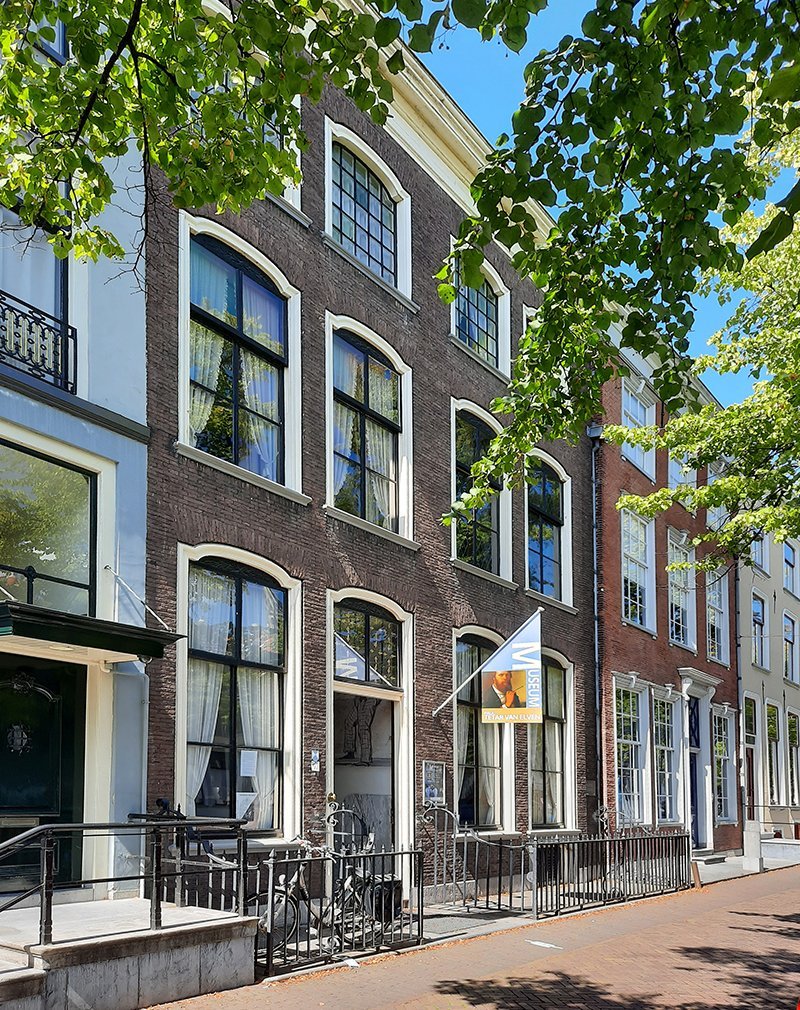
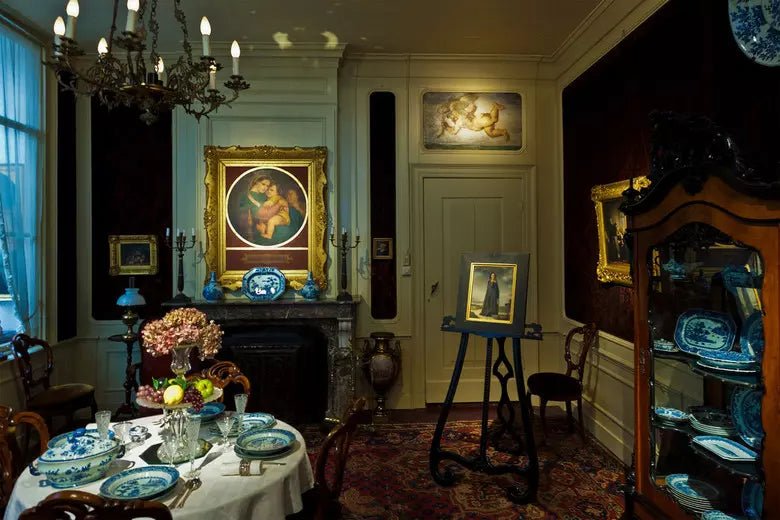
More details
Museum Paul Tétar van Elven – An artist’s home in Delft
Museum Paul Tétar van Elven is a historic house museum in the center of Delft. It was the home of 19th-century painter and art collector Paul Tétar van Elven. The museum shows his personal world, filled with art, antiques, and elegance.
What to See
- Fully furnished 19th-century artist’s home
- Paintings and copies of old masters by Tétar van Elven
- Fine porcelain, antique furniture, and personal items
- Changing exhibitions in the salon
- View of the canal and old city from the windows
Why Visit
- Step back into 1800s Delft life
- See how a painter and professor lived and worked
- Ideal for lovers of historic homes and decorative arts
- Located in the heart of Delft, near other museums
The Museum
Paul Tétar van Elven lived in this house until his death in 1896. He taught at the Polytechnic School (now TU Delft) and loved collecting. The museum opened in 1927, preserving the house and collection as he left them.
Visitor Information
- Address: Koornmarkt 67, Delft
- Open: Thursday to Sunday, 12:00 – 16:00
- Tickets: €8.00 (adults), free for children under 12
- Free with Museumkaart
- Facilities: Small gift shop and guided tours available
Museum Paul Tétar van Elven is perfect for visitors who enjoy historic interiors, 19th-century art, and quiet beauty.
Some Highlights of Museum Paul Tétar van Elven Delft
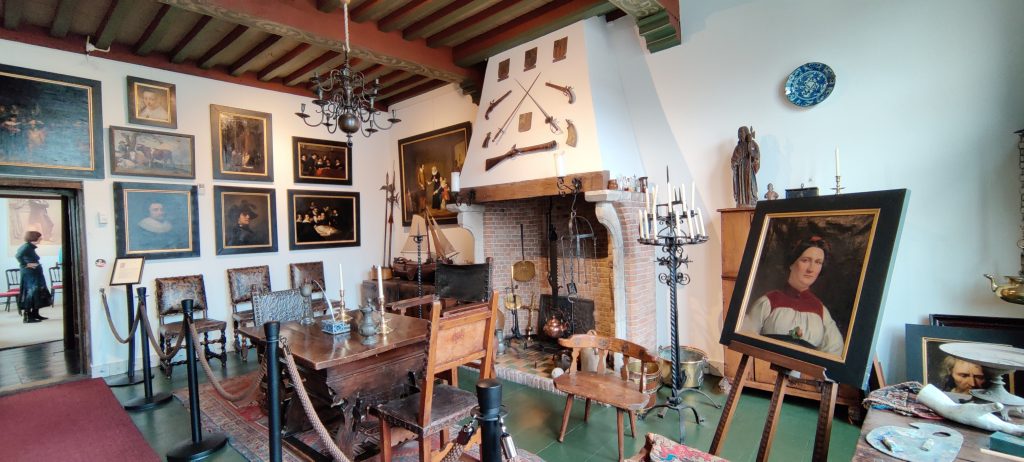
Paintings by Paul Tétar van Elven
The museum’s collection includes a remarkable array of paintings by Paul Tétar van Elven, offering insight into his dual role as both an artist and a teacher. Visitors can admire finely executed portraits and historical scenes, as well as meticulous copies of Old Masters such as Rembrandt and Raphael—demonstrating the academic tradition of learning through imitation. These works are displayed in the elegant, period-decorated rooms of his former home, preserving the atmosphere in which the artist lived and worked. Together, the paintings tell the story of a man devoted to art, legacy, and classical beauty.
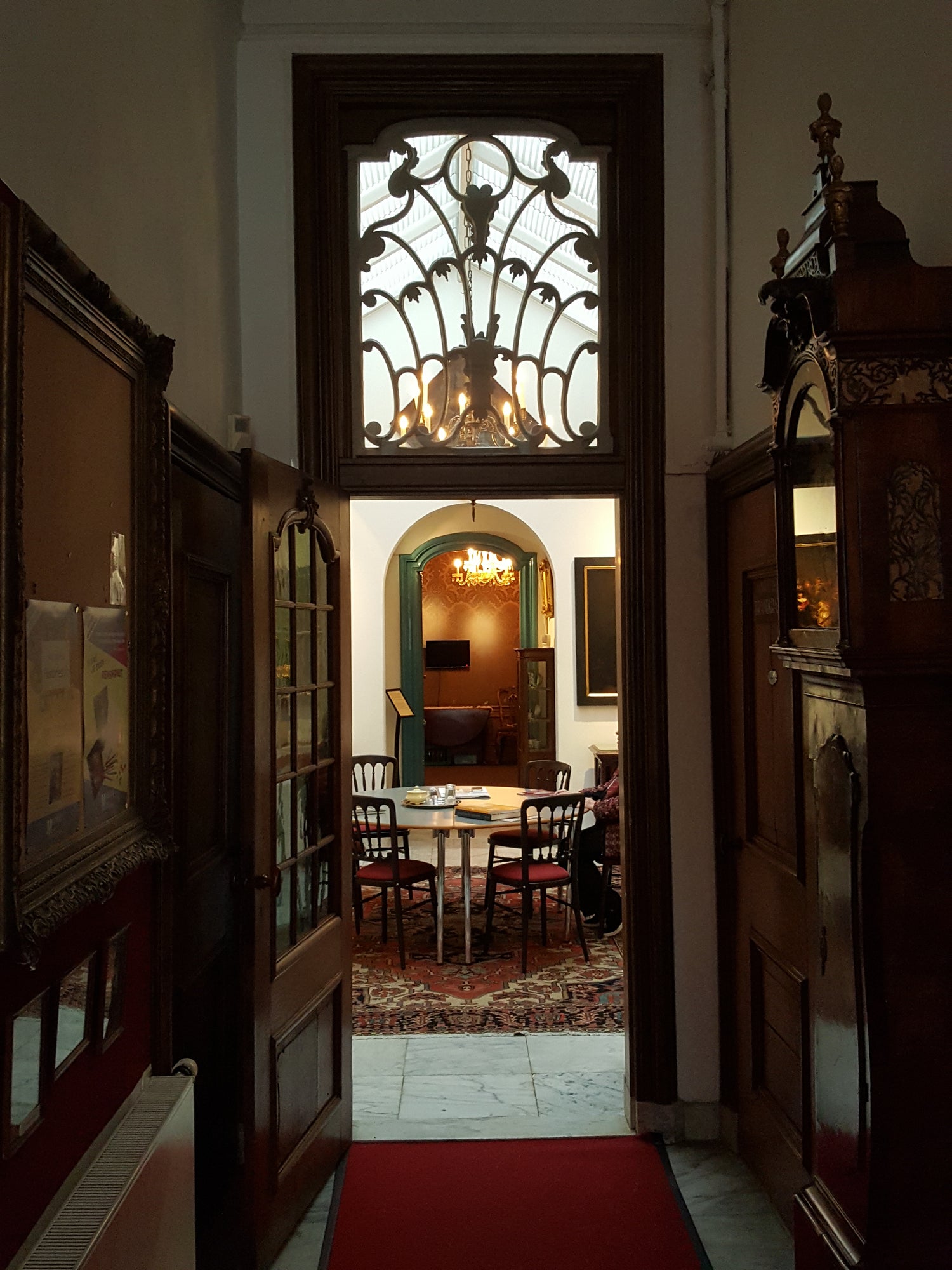
19th-century Artist’s Studio and Residence
Housed in a 17th-century canal house, the former home and studio of Paul Tétar van Elven offers a rare glimpse into the domestic and artistic life of a 19th-century Dutch painter. Carefully preserved interiors—including the salon, drawing room, and studio—still feature original furniture, painted ceilings, and decorative details. Visitors can walk through the very rooms where Tétar lived, taught, and painted, surrounded by the objects he cherished: books, porcelain, antique furnishings, and his own art. The space feels intimate and lived-in, creating the impression that the artist has just stepped out for a moment. It’s not just a museum—it’s a time capsule of refined artistic living.
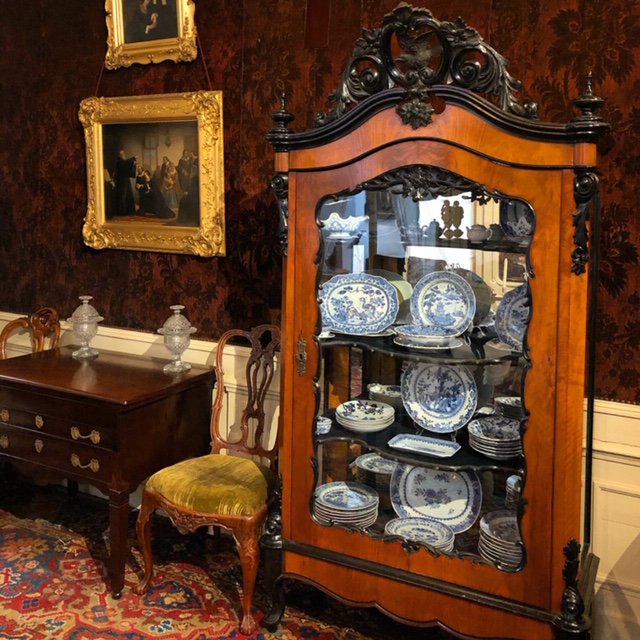
Antique Furniture, Books & Curiosities
Inside the museum, visitors discover a richly furnished interior that reflects the cultivated lifestyle of Paul Tétar van Elven. The rooms are filled with antique Dutch furniture, ornate gilt-leather chairs, a classic money-changer’s table, and elegant display cabinets. Shelves of old books reveal the artist’s scholarly interests, while carefully arranged porcelain, Asian ceramics, and rare collectibles echo the taste of a 19th-century connoisseur. Each item, from the delicate Delftware to the decorative weapons, tells a story—not just of craftsmanship, but of a man who valued beauty, learning, and tradition in everyday life.
Other Dutch Museums
-
Noordbrabants Museum Den Bosch
Regular price €0,00 EURRegular priceUnit price / per -
Van Gogh Museum Amsterdam
Regular price €0,00 EURRegular priceUnit price / per -
The Kröller-Müller Museum Otterlo
Regular price €0,00 EURRegular priceUnit price / per -
The Rijksmuseum Amsterdam
Regular price €0,00 EURRegular priceUnit price / per






